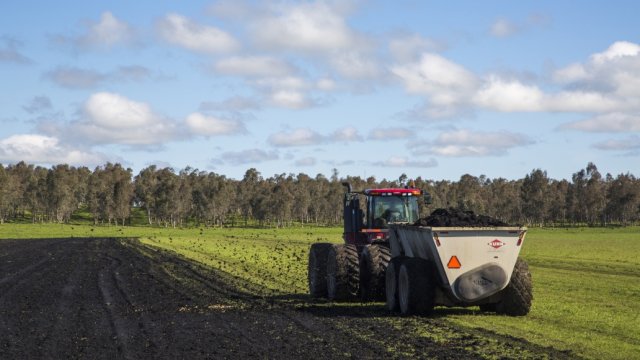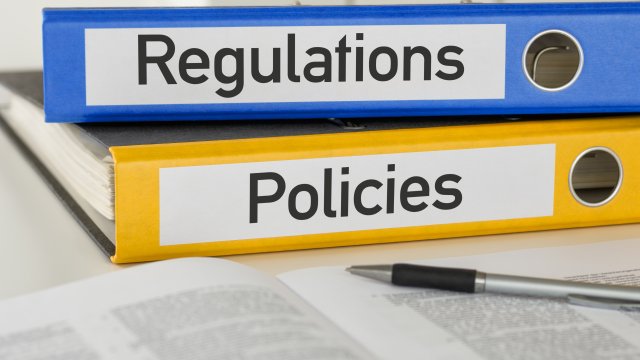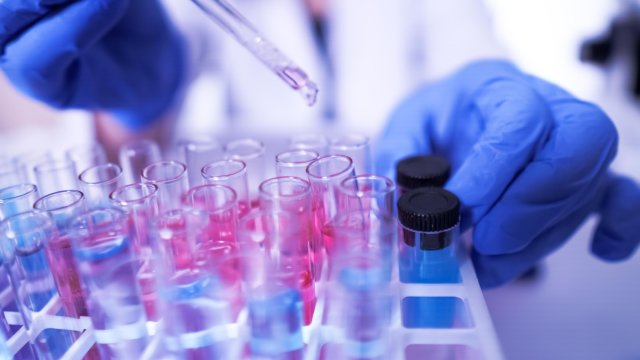Biosolids
When sewage from households and businesses (and sometimes wastewater from industrial dischargers) is sent to a wastewater treatment plant, the liquids are separated from the solids, producing a semi-solid, nutrient-rich product known as “sewage sludge” or “biosolids”. The U.S. Environmental Protection Agency typically uses the term “biosolids” to mean sewage sludge that has been treated to meet the agency's regulatory requirements and is intended to be land applied as a soil conditioner or fertilizer.
-
Basic Information

Learn about sewage sludge, biosolids, management practices, and use and disposal statistics.
-
Sewage Sludge Laws and Regulations

Learn about the federal regulations for sewage sludge.
-
Risk Assessment

Learn more about the process for reviewing pollutants in sewage sludge for risk.
-
Technical Resources for Sewage Sludge Managers

Find technical materials useful for those who generate and manage sewage sludge.
-
Engagement & Outreach

Sign up for webinars, review past presentations by the EPA, and find out how to contact your regional or state biosolids coordinator.
-
Research

Learn more about past and ongoing sewage sludge research at the agency and through EPA-awarded grants.
